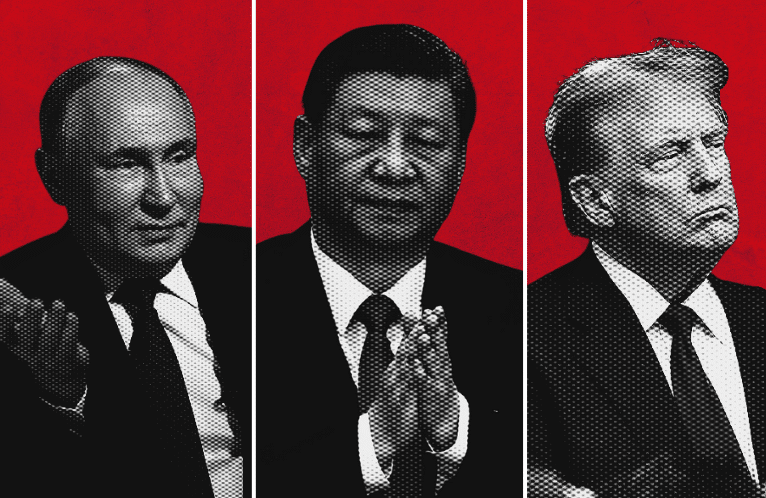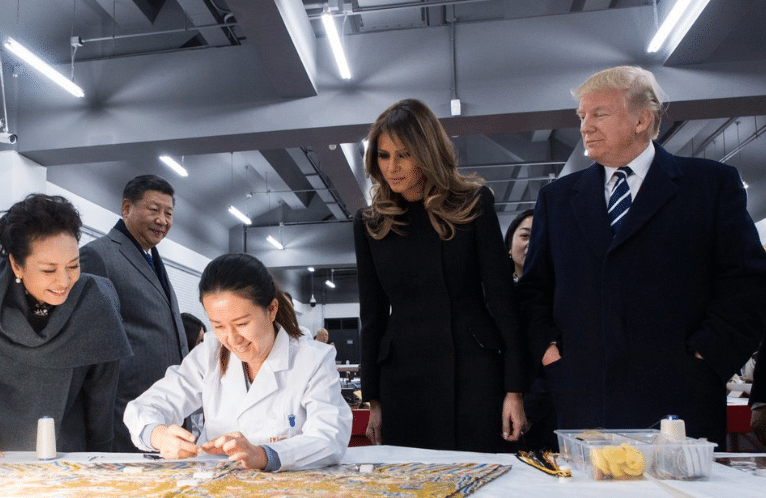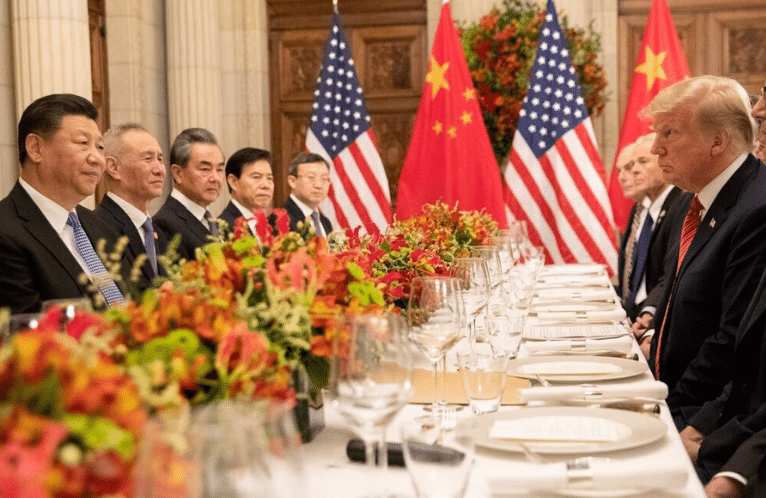What’s Behind US Military Moves in the South China Sea?
In the past year, the United States has increasingly begun to flex its military muscle in the South China Sea. On May 20, 2015, a U.S. Navy P8-A Poseidon, a surveillance and submarine-hunting aircraft, flew over the airspace of islands and reefs where China was conducting construction activities. After that, the United States began repeatedly hyping that it would carry out “freedom of navigation operations” (FONOP) near the Nansha Islands (also known as the Spratly Islands). To date, Washington has openly admitted that it conducted two FONOPs in the South China Sea. On October 27, 2015, the U.S. Navy sent the USS Lassen, a guided-missile destroyer, to the waters within 12 nautical miles of Zhubi Reef (Subi Reef) among the Nansha Islands; on January 30, 2016, the USS Curtis Wilbur, another guided-missile destroyer, intruded into the 12-nautical-mile territorial waters of the Zhongjian Island (known as Triton Island) of the Xisha Islands (the Paracel Islands). In addition, the U.S. military has sent strategic weapons, including a B-52 bomber and the USS John Stennis aircraft carrier strike group, to perform patrol missions in the South China Sea region, in a bid to show off a strong U.S. presence in the region.
With regard to the U.S. military operations in the South China Sea, there are two sharply different views in China. Those who are optimistic believe that the U.S. maneuvers in the South China Sea make no sense at all, because they could not hinder China’s island and reef construction activities there. But the pessimists say that the U.S. military operations represent considerable military pressure on China. If China does not compromise, the U.S. military would continue to elevate its confrontations, and there emerges a possibility that China and the United States might engage in military conflicts in the South China Sea.
There are reasons for both schools of thought. While the optimists see the U.S. military operations as bravado, the pessimists see the risk of a spiraling escalation in the situation. These two views, however, fail to take the whole picture into consideration and fail to see the essence of the issue.
By analyzing the situation, it’s easy to figure out that the U.S. operations in the South China Sea are nothing but one political or diplomatic show after another. The United States knows best of all that it could not directly obstruct China’s sovereign activities in the South China Sea, so what it has attempted to do is to increase China’s costs for such sovereignty-defending activities through military, political, diplomatic, and media tools, so as to put China in a difficult and embarrassing situation diplomatically. No doubt, the media always pays close attention to military face-offs or conflicts, but in reality, war is not imminent. The U.S. military operations could, no doubt, be meant to be a deterrent, but they primarily serve as tools for accomplishing Washington’s political and diplomatic goals, along with diplomatic and media maneuvers.
On the freedom of navigation operations in the South China Sea, the United States has always claimed that the FONOPs are no different from such operations in other regions across the world, and the United States applies a unified code of conduct to all of such operations. Some Chinese media reports and experts seem to have bought the U.S. argument, saying that the main motives of the U.S. military in the region are to challenge China’s “excessive maritime claims” and that it’s not worth making a tempest in a teacup over such operations.
But the recent U.S. military operations in the South China Sea were extraordinary. Even by the standards and tradition of the U.S. Navy, these FONOPs were all conducted in a high-profile manner, and looked like challenges China’s territorial claims. It is true that the United States conducts dozens of FONOPs each year all over the world, but the operations are usually carried out in a quiet and low-key manner, with details about these operations kept secret. Its recent FONOPs in the South China Sea, however, were exceptionally high-profile. The U.S. military even deliberately disclosed specifics about the operations to the media, and encouraged the mass media to sensationalize and hype its operations so as to direct global attention to the FONOPs.
With the deployment of advanced weaponry coupled with extensive media coverage, the U.S. military has put on a show similar to a Hollywood blockbuster. The general public and political forces in both the United States and China also got involved, and the military operations have evolved into political issues in both countries. In the United States, the White House and the Pentagon tried to create a crisis atmosphere with a sense of a looming “China threat,” and attempted to polish a strong image for the U.S. military in safeguarding its national interests.
And as for China, the United States could, through swaying the Chinese public opinion, exert its influence on China’s domestic political process. It had the intention of getting a growing number of Chinese involved in debating China’s policies on the South China Sea, and of obstructing China’s elite class from reaching consensus on the South China Sea issue. The FONOP operations by the U.S. military, viewed by many in China as an insult, were also meant to undermine the authority of the Chinese government and leadership, and create extra difficulties for the Chinese government.
For the United States, such operations are useful diplomatic tools, serving its goals by killing two birds with one stone. On the one hand, they could exert pressure on China, and on the other hand, they would also help appease U.S. allies and partners in the region, such as the Philippines and Vietnam.
The politicization of the U.S. operations in the South China Sea is also intended to test China’s policies. The United States often blames China for conducting activities that it claims threaten peace, and for expanding the gray areas between peace and war. In fact, such statements could be more appropriately used to describe the South China Sea policies of the U.S. military. It first arrived at the Nansha Islands, and then sailed to the Xisha Islands; it first operated in what it claimed to be waters surrounding a low-tide elevation, and then conducted a FONOP in undisputed territorial waters. In carrying out the FONOPs in the South China Sea, the United States clearly followed a cautious approach of taking one step first to test the response before making the next move. In terms of rhetoric, the U.S. military was always in high tone; in specific operations, however, it tried to be cautious and keep things low-profile. This is a clear-cut strategy of testing China’s response and policy bottom line.
In the face of U.S. military operations in the South China Sea, China naturally should be prepared militarily. Due to the complexity and politicized trend of the U.S. military operations, China should look beyond these FONOPs, and should fully realize the political motives and impact. China should adopt and apply all options to counter and expose the traps set by the U.S. through such military operations.
By HU BO Apr. 1, 2016 on The Diplomat
Read more here








